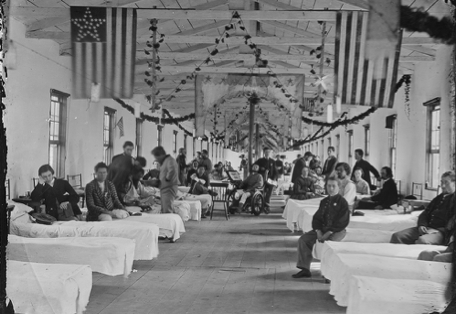Sign up for FlowVella
Sign up with FacebookAlready have an account? Sign in now
By registering you are agreeing to our
Terms of Service
Loading Flow

Medicine and healthcare
Two-thirds of the 620,000 soldiers who died in the war were not from enemy fire, but were from disease. At the beginning of the Civil War medical equipment and knowledge was hardly up for the challenges posed by the wounds, diseases, and infections which plagued millions. Dysentery, typhoid fever, pneumonia, mumps, measles and tuberculosis spread among the camps, felling men already weak from fighting and their diet. Germ theory, clean medical practices, advanced equipment, and organize hospitalization systems were unknown to medical practitioners in the field during the Civil War. The aggressive remedies, or what was thought to be a remedy at the time were often worse than the patients diseases. Jonathan Letterman brought order and efficiency to the medical service with an ambulance system and evacuation plans for the wounded.
Clara Barton, well known humanitarian and
founder of the American Red Cross, brought
professional efficiency to soldiers in the field.
Diseases took a toll on soldiers, but as these
characters showed, every effort was made
to prevent death.
